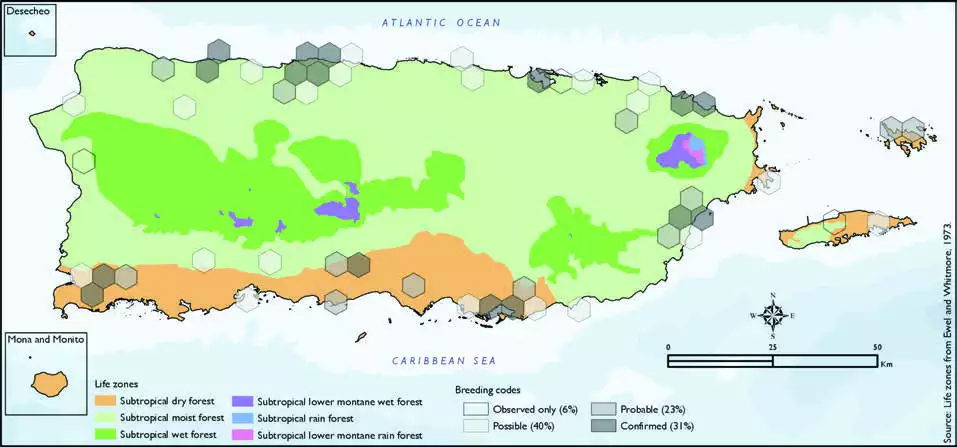American Coot
Description
The American coot (Fulica americana), also known as a mud hen or pouldeau, is a bird of the family Rallidae. Though commonly mistaken for ducks, American coots are only distantly related to ducks, belonging to a separate order. Unlike the webbed feet of ducks, coots have broad, lobed scales on their lower legs and toes that fold back with each step in order to facilitate walking on dry land. Coots live near water, typically inhabiting wetlands and open water bodies in North America. Groups of coots are called covers or rafts.[citation needed] The oldest known coot lived to be 22 years old.
The American coot measures 34–43 cm (13–17 in) in length with a wingspan of 58 to 71 cm (23 to 28 in). Adults have a short, thick, white bill and white frontal shield, which usually has a reddish-brown spot near the top of the bill between the eyes. Males and females look alike, but females are smaller. Body mass in females ranges from 427 to 628 g (0.941 to 1.385 lb) and in males from 576 to 848 g (1.270 to 1.870 lb).[13][14][15] Juvenile birds have olive-brown crowns and a gray body. They become adult-colored around 4 months of age.
Distribution & Habitat
The American Coot is widespread in the Western
Hemisphere including the West
Indies (Raffaele and others
1998). American Coot was
combined with Caribbean Coot
as the two species are now
considered to be one species;
the major difference between
the two species is the color
on the frontal shield above the
bill (Chesser and others 2018).
It is an uncommon breeder and
a common winter visitor from
North America in Puerto Rico
(Oberle 2018), and on Vieques it
is considered an extremely rare
fall and winter visitor (Gemmill
2015). The American Coot can be found in open freshwater
areas with submergent vegetation
(Raffaele and others 1998),
such as lakes, ponds, and
marshes (Oberle 2018). The atlas
fieldwork yielded a total of 136
records within 52 hexagons or 11
percent of the 479 total hexagons
(see map). Of the 52 hexagons
where this species was found,
breeding met the atlas definition
of confirmed in 31 percent (16)
of the hexagons, probable in 23
percent (12), and possible in 40
percent (21), while the species
was observed in 6 percent (3)
of the hexagons but without
evidence of breeding (see map).
Atlas findings indicated probable
breeding on Culebra. American Coot distribution. The map shows the highest breeding code by hexagon and overlaying the ecological life zones in
Puerto Rico. Note: percentages may not total 100 due to rounding. 99American Coot/Gallinazo Americano

Breeding Habits
Previously published reports indicate that the American Coot
breeds from March to June, and
the nest is placed on the ground
among vegetation, or even on
fl oating vegetation (Raffaele
and others 1998). Atlas results
indicate that breeding occurs
in almost every month and
probably extends throughout
the year, but small sample sizes
make it difficult to generalize
about breeding seasonality.
However, breeding activity is
relatively higher during the first
period of the year particularly in February (see chart). In addition,
atlas results also show that
breeding habitat for this species
is restricted to subtropical moist
and subtropical dry forest life
zones in the coastal lowlands.
Results show that this species
breeds in the lowlands within
the subtropical moist (63 percent
of the hexagons) and subtropical
dry forest life zones (37 percent
of the hexagons), whereas
no evidence of breeding was
found in subtropical wet and
subtropical rain forest life zones
(see table and map).
Conservation
The American Coot is listed as a species of least concern by
the IUCN (BirdLife International
2016). However, locally, this
species (known as Caribbean
Coot) is listed as vulnerable
(PRDNER 2015). In Puerto
Rico, the American Coot has a
protected habitat in land of 11
percent or 127 km2 of the total area covered by the hexagons
where evidence of breeding
was found for this species
(1171 km2).
Related Species
Family:
rail